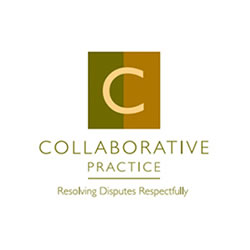ADVERSARIAL MODEL / LITIGATION
Adversarial Model or Litigation is the traditional process that most people think of when they think of resolving their differences or when they plan on obtaining a divorce. It is a lawyer-centered process. The Adversarial Model does not mean that the parties will engage in a knock-down drag out fight to the finish, though that sometimes happens. In fact, most divorces end with an agreement or a resolution that does not involve a trial.
In the Adversarial Model the court system and the threat of taking the matter to court is on the front burner. This can add to the incentive to settle the case. The court system, the laws and legal rules developed over time (centuries actually) provide the framework and guidance for the parties and the lawyers to work within. Often in the Adversarial Model each party will hire experts to defend their positions which becomes a battle of the experts. It is a position based process in which a resolution is developed as the parties “butt heads” and then each “gives a little” hopefully resulting in compromise. The parties are not working together toward resolution but rather against each other until an understanding is reached. If the process fails, the parties will have a judge or other judicial personnel make the decisions for them. It is taken out of their hands.
The Adversarial Model is not voluntary. Either spouse may start the process by simply starting a divorce action. The other party will have to partake in the process or he or she risks having the court make decisions without their input.
The Adversarial Model tends to be the more expensive process. If the parties are cooperative and their attorneys are as well, many of the outstanding issues can be resolved without resorting to the court or even making any motions. The expensive parts of litigation are the disputes over discovery (the exchange of information), determining how money will be spent while the process proceeds, how the children will be cared for first while the process proceeds and then after the divorce is completed and then enforcing these determinations. If the parties can cooperate and be less combative, the Adversarial Model need not be more expensive than the Collaborative Practice or Mediation processes.
The Adversarial Model is available to everyone. It is the fallback method for resolving disputes between parties. It does, however, tend to be lawyer-driven process rather than a party-driven process with the result that there tends to be a winner-loser dichotomy that develops. That being said, the Adversarial Model need not result in the “War of the Roses.” That is up to the parties and the lawyers who are chosen by the parties to defend them.
Practice Areas
Contact Us



